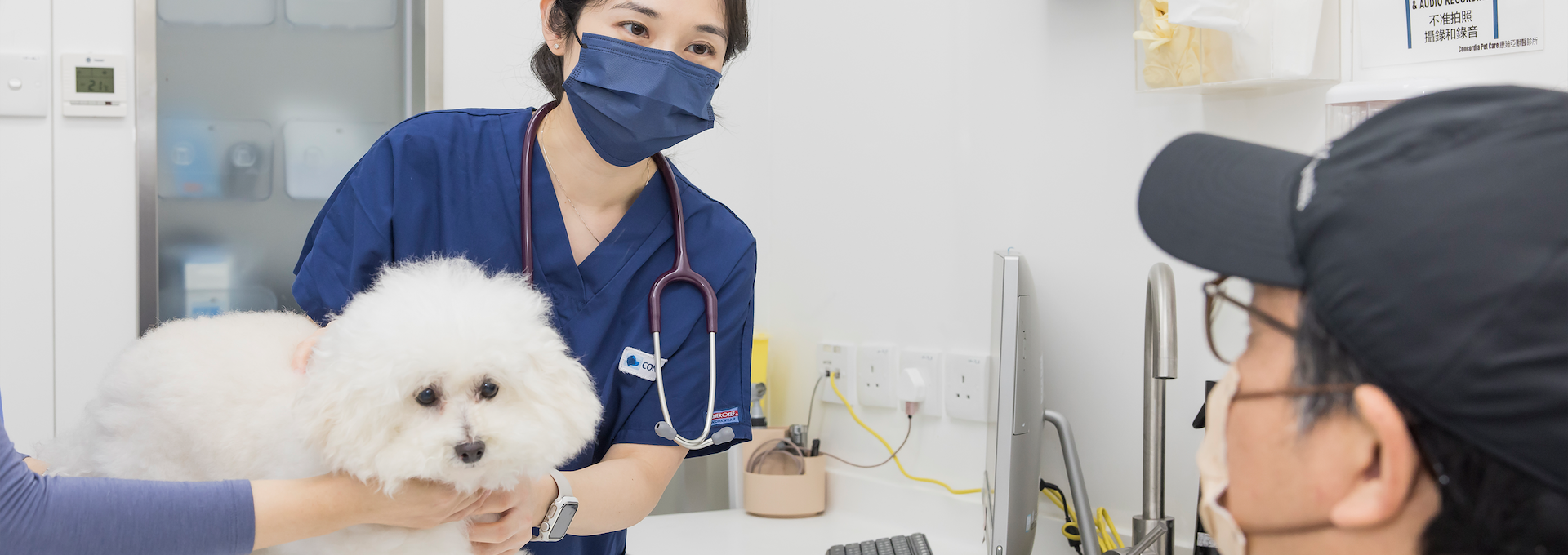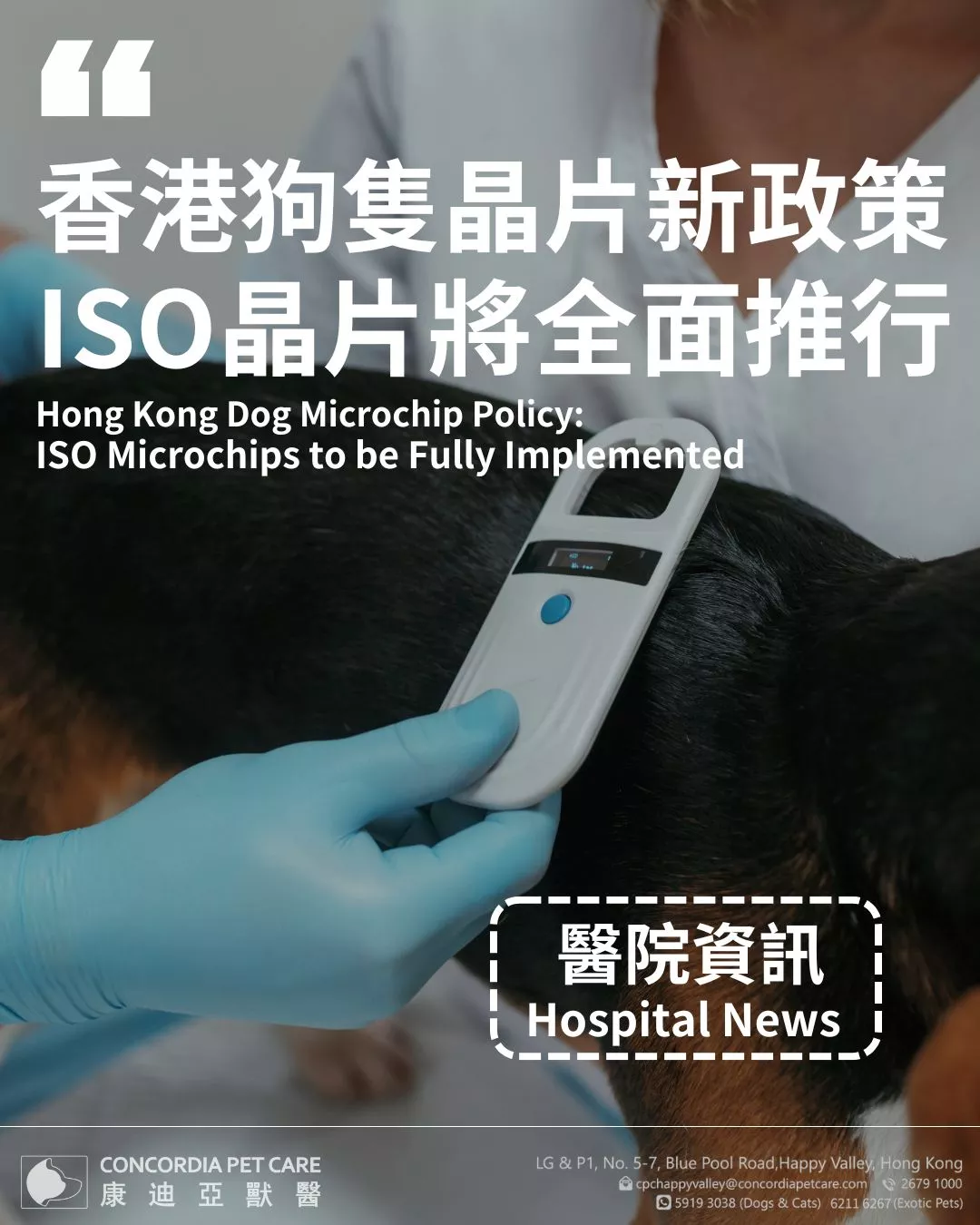
A Guide on Spaying a Dog: Health Benefits & What to Expect
 Concordia Pet Care
Concordia Pet Care
 2024-09-18
2024-09-18


As a responsible dog owner, one of the most impactful decisions you can make for your pet’s health is spaying your dog. Spay surgery offers significant benefits that go beyond preventing unwanted litters. This guide covers why spaying is vital, the best time for the procedure, and how to care for your dog afterward.
Why Spaying Your Dog is a Smart Choice
●Health Benefits: Spaying a dog helps prevent several serious health conditions. By removing the ovaries and uterus, you reduce the risk of life-threatening infections like pyometra and lower the chance of breast cancer. Spaying your dog before her first heat cycle offers the greatest health benefits.
●Behavioral Improvements: Hormone-driven behaviors, such as excessive barking or restlessness, are common in unspayed dogs. Spaying a dog while still a puppy can help curb these issues, resulting in a more balanced and affectionate companion.
●Financial Savings: Spaying your dog can result in substantial long-term financial savings. By preventing reproductive health issues such as uterine infections, ovarian tumors, and mammary cancer, you can avoid the high costs associated with treating these serious conditions. Additionally, spaying eliminates the need for expenses related to pregnancy, whelping, and caring for a litter of puppies. Raising a litter involves costs for veterinary care, vaccinations, food, and finding suitable homes, which can quickly add up. By choosing to spay your dog, you help prevent these potential financial burdens and ensure a healthier, more cost-effective future for both you and your pet.
Spay Surgery Types: Ovariohysterectomy and Ovariectomy
Common spay surgery includes two types - ovariohysterectomy and ovariectomy. While ovariohysterectomy, also known as OVH, is a more traditional procedure performed to remove the ovaries and uterus from the dog, ovariectomy, also known as OVE, only involves the surgical removal of the ovaries, keeping the uterus intact. Whether you should choose OVH or OVE depends on the needs of your puppy. It’s essential to understand the differences between the two surgical types before making the decision.
A Comparison: OVH Vs. OVE
Ovariohysterectomy (OVH) | Ovariectomy (OVE) |
● Removes both ovaries and uterus ● More commonly performed in many countries ● Slightly longer surgery and recovery time ● Eliminates all hormonal and uterine-related health risks ● Often preferred in cases with existing uterine disease | ● Removes only the ovaries ● Gaining popularity in Europe and some parts of Asia ● Shorter surgical duration and potentially quicker recovery ● Still prevents hormonal issues; some uterine risks may remain ● Suitable for young, healthy dogs with no uterine concerns |
What to Expect from Spay Surgery
Spay surgery is a routine procedure performed under general anesthesia. It involves making a small incision in the abdomen to remove the reproductive organs. The surgery is generally quick and straightforward, with most dogs recovering well within one to two weeks.
Post-Operative Care for a Smooth Recovery
After your dog or puppy's spay surgery, it’s important to follow your vet’s care instructions to ensure a smooth recovery. Watch for any signs of complications, such as excessive swelling or discharge, and provide any prescribed pain relief or medications as directed.
Potential Risks and How We Should Mitigate Them
While spay surgery is generally safe, there are some potential post-operative risks to be aware of:
● Infection: Monitor the incision site for redness, swelling, or discharge. Keep the area clean and prevent your dog from licking or scratching it.
● Pain or discomfort: Mild pain is expected. Administer prescribed pain medications and keep your dog calm and comfortable.
● Lethargy or appetite loss: These are common for the first day or two. Ensure your dog has access to water and soft food.
● Anesthesia-related reactions: Rare, but can include vomiting or disorientation. Contact your vet immediately if symptoms persist.
Use an Elizabethan collar (e-collar) or recovery suit to prevent your dog from interfering with the wound. Ensure your dog gets rest, avoids jumping, and only resumes normal activity after vet approval. Follow-up appointments are essential to confirm proper healing and ensure optimal outcomes.
How Long Does It Take for Your Dog to Recover from Spay Surgery?
Recovery from spay surgery varies by individual dog, but here’s a general timeline of what to expect:
Day | What to Expect |
Day 1–2 | Mild grogginess, reduced appetite, light bleeding/swelling |
Day 3–5 | Energy levels return, incision may be slightly pink |
Day 6–7 | Most dogs act normally. Monitor for any abnormal signs |
Day 10–14 | Suture removal (if non-dissolvable), full activity may resume |
Week 3+ | Full healing is expected; scar tissue continues to strengthen |
It’s important to always consult your vet before resuming walks or play.
Why Choose Us for Your Dog’s Spay Surgery?
At Concordia Pet Care, we are dedicated to providing top-notch care for your furry friend. Our experienced team and advanced facilities ensure that every spay surgery is performed with the utmost precision and care. For more information or to schedule an appointment, contact us today. We are here to support your dog’s health and ensure a happy, healthy life.



